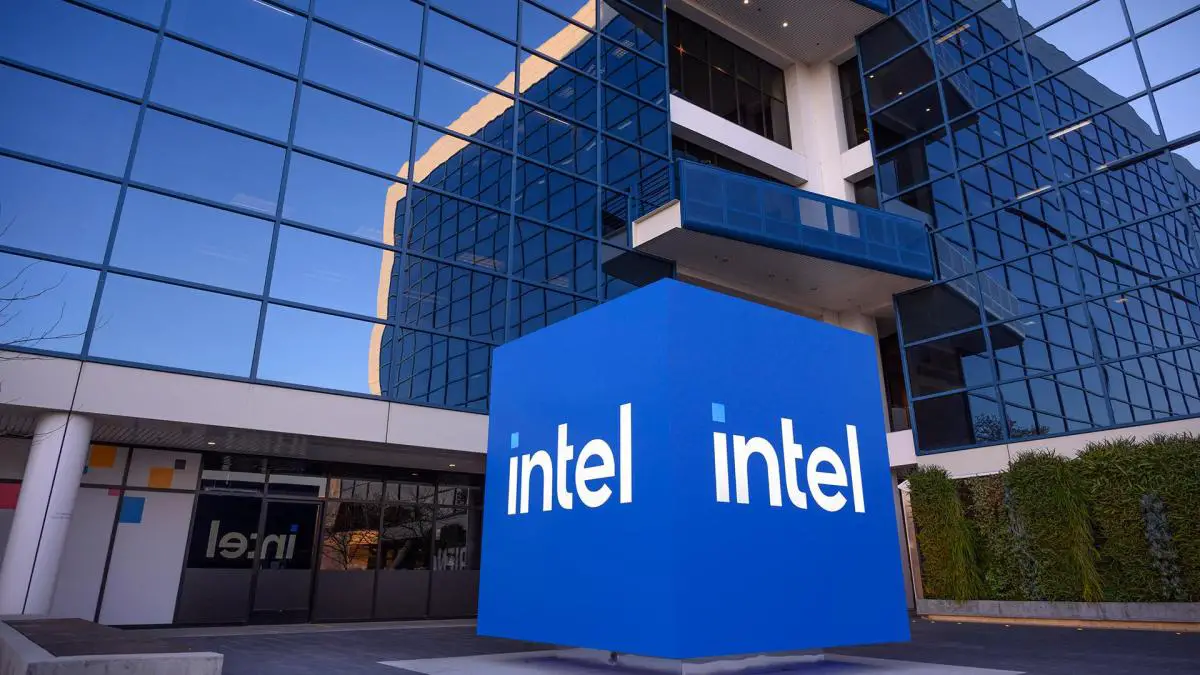When you buy through links on our articles, Future and its syndication partners may earn a commission.
As some hockey player once said, “you miss 100% of the shots you don’t take”. Or in Intel’s case, you miss out on buying a company that’s currently sitting second on the list of most valuable companies in the world, back when it was worth relatively little.
That’s according to a report from the New York Times, detailing how Paul Otellini, Intel’s chief executive from 2005 to 2013, presented the board with an idea to buy a little computer graphics company called Nvidia. This wasn’t long after he’d taken the position, and the board apparently put up a significant amount of resistance, as (at a $20 billion value at the time), it would easily have been Intel’s most expensive acquisition to date.
As a result, Otellini backed away from defending the purchase. One attendee at the meeting reportedly described it as “a fateful moment”, and I should think so, too. Given that Nvidia has since positioned itself at the forefront of the AI boom, and currently has a market cap estimated to be around $3.5 trillion dollars, it does strike as one of those misses you’d kick yourself for.
Of course, hindsight is a wonderful thing, and other such platitudes. Still, it seems like even back in 2005, some Intel executives could already see some of the future that Nvidia might be involved in. According to its sources, the New York Times reports that some Intel execs believed that the underlying design of its graphics chips might be important for future data centers, which today would count as a massive understatement.
Given some of the reveals here about Intel’s corporate culture (and how it might have contributed to the almighty financial and strategic mess it currently finds itself in), it’s perhaps no surprise that Intel was slow on the draw with this sort of future planning. Intel executives reportedly described the company as “the largest single-cell organism on the planet”, a reference to the insular and single-minded corporate culture at the time.
The focus back then was on x86, and the company’s then-dominant processor designs. Former Intel chief executive Craig Barrett reportedly compared the x86 chip business to a creosote bush, in that creosote poisons competing plants around it. But the profits were rolling in, and as a result it seems that Intel saw little need at the top to buy its way into potential markets to come.
Current Intel CEO Pat Gelsinger previously led Intel’s Larrabee project, put into action after the failed Nvidia acquisition pitch, in an attempt to create a hybrid of graphics chips and Intel’s PC chip design—predicting that “today’s graphics architectures are coming to an end.”


Leave a Comment